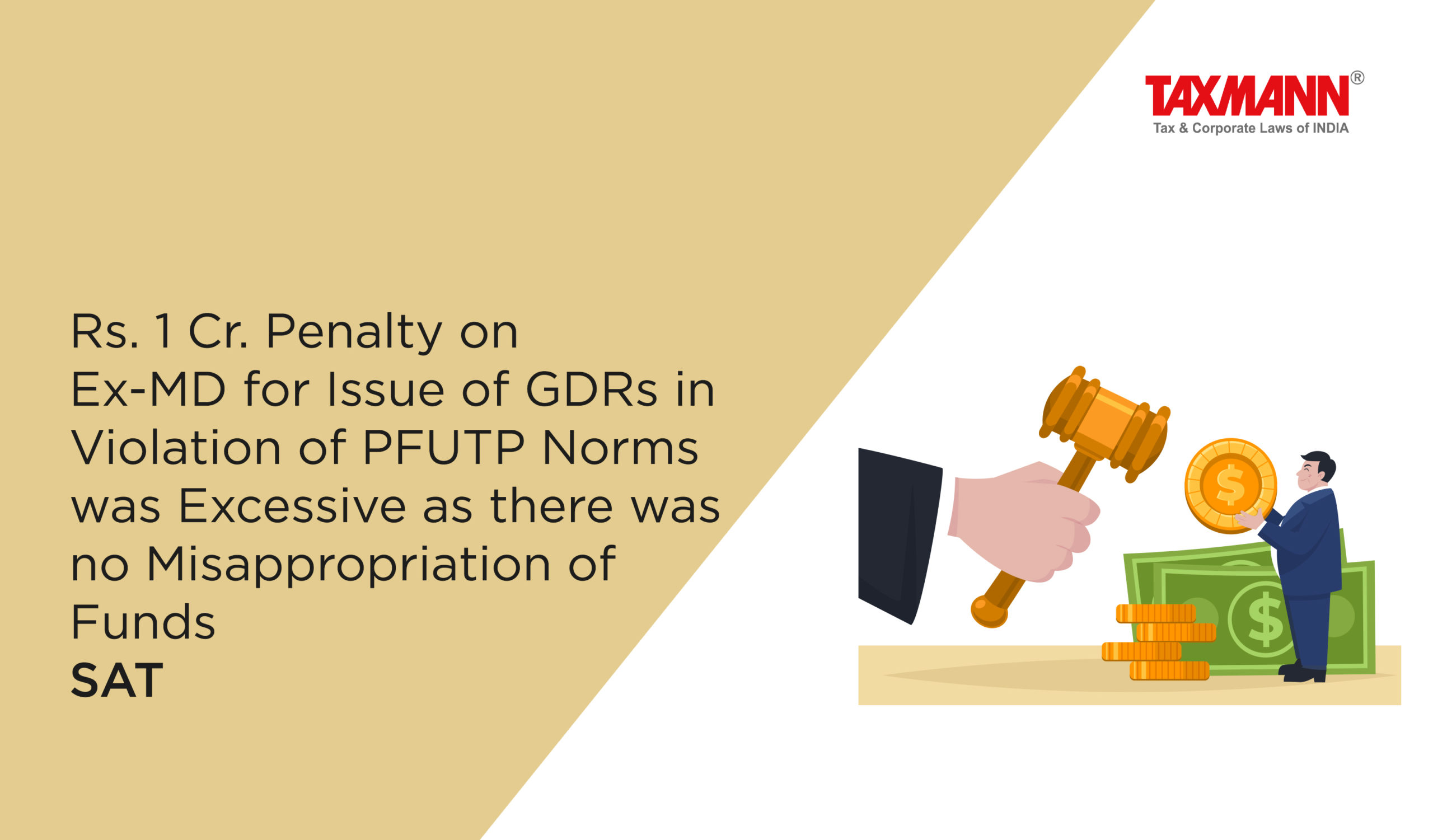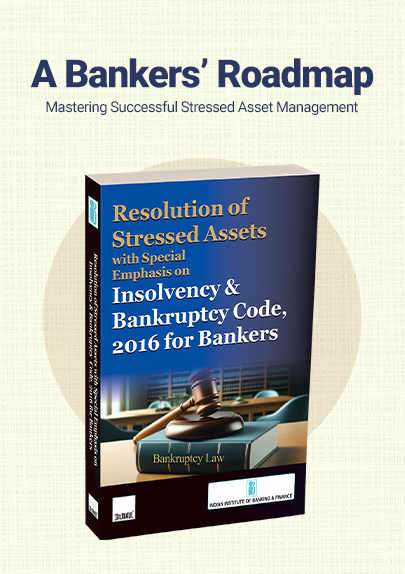Rs. 1 Cr. Penalty on Ex-MD for Issue of GDRs in Violation of PFUTP Norms was Excessive as there was no Misappropriation of Funds | SAT
- Blog|News|Company Law|
- 2 Min Read
- By Taxmann
- |
- Last Updated on 12 September, 2023
Case Details: Pravin Champalal Jain v. Securities & Exchange Board of India - [2023] 153 taxmann.com 474 (SAT-Mumbai)
Judiciary and Counsel Details
-
- Justice Tarun Agarwala, Presiding Officer & Ms Meera Swarup, Technical Member
- Amit Mishra, Adv. for the Appellant.
- Shyam Mehta, Sr. Adv., Abhiraj Arora, Shourya Tanay, Ms Misbah Dada & Deepanshu Agarwal, Advs. for the Respondent.
Facts of the Case
In the instant case, the appellant was the managing director of a company when the said company came out with the issue of GDRs. The SEBI conducted an investigation in the issuance of GDRs and found that the company misled investors by indicating that the GDRs were successfully subscribed.
The entire GDR issue was subscribed by one entity through a loan taken by that entity on the basis of pledging of proceeds by the company itself. The SEBI held that the scheme of issuance of GDRs was fraudulent.
This violated section 12A(a), (b), (c) of the SEBI Act read with regulations 3 and 4 of the SEBI (Prohibition of Fraudulent and Unfair Trade Practices Relating To Securities Market) Regulations, 2003 and imposed a penalty of Rs. 1 crore on the appellant, who was the managing director of the company at the relevant time.
It was noted that the proceeds of the GDR issue had been received by the company belatedly and were utilized for the purpose for which the GDR was issued. Further, there was no diversion of funds and no wrongful dealings in securities.
SAT Held
The SAT held that the penalty imposed was excessive and disproportionate to the violation and was also discriminatory. Therefore, the penalty was to be reduced from Rs. 1 crore to Rs. 10 lakhs.
List of Cases Referred to
-
- Excel Crop Care Ltd. v. Competition Commission of India [2017] 8 SCC 47 (para 12)
- Rajkumar Dyeing & Printing Works (P.) Ltd. v. Competition Commission of India [2014] 51 taxmann.com 465/[2015] 129 SCL 221 (Delhi) (para 13)
- Andhra Pradesh Dairy Development Corporation Federation v. B. Narasimha Reddy [2011] 9 SCC 286 (para 14)
- Sybly Industries Ltd. v. SEBI [Appeal No. 381 of 2019, dated 14-7-2022] (para 18).
Disclaimer: The content/information published on the website is only for general information of the user and shall not be construed as legal advice. While the Taxmann has exercised reasonable efforts to ensure the veracity of information/content published, Taxmann shall be under no liability in any manner whatsoever for incorrect information, if any.

Taxmann Publications has a dedicated in-house Research & Editorial Team. This team consists of a team of Chartered Accountants, Company Secretaries, and Lawyers. This team works under the guidance and supervision of editor-in-chief Mr Rakesh Bhargava.
The Research and Editorial Team is responsible for developing reliable and accurate content for the readers. The team follows the six-sigma approach to achieve the benchmark of zero error in its publications and research platforms. The team ensures that the following publication guidelines are thoroughly followed while developing the content:
- The statutory material is obtained only from the authorized and reliable sources
- All the latest developments in the judicial and legislative fields are covered
- Prepare the analytical write-ups on current, controversial, and important issues to help the readers to understand the concept and its implications
- Every content published by Taxmann is complete, accurate and lucid
- All evidence-based statements are supported with proper reference to Section, Circular No., Notification No. or citations
- The golden rules of grammar, style and consistency are thoroughly followed
- Font and size that’s easy to read and remain consistent across all imprint and digital publications are applied






 CA | CS | CMA
CA | CS | CMA


